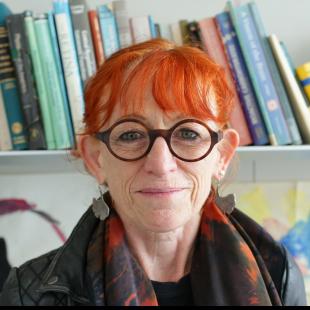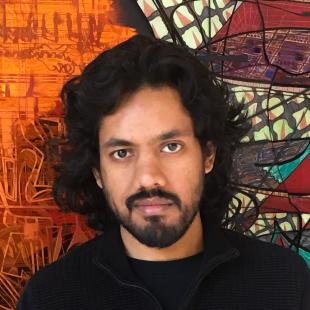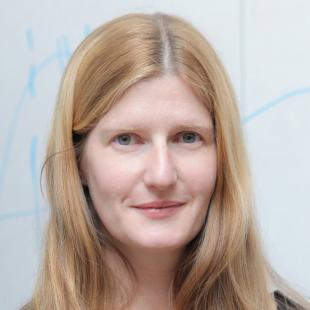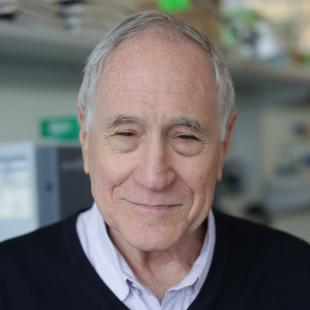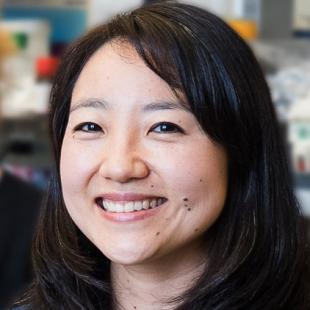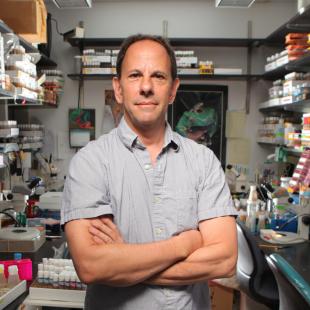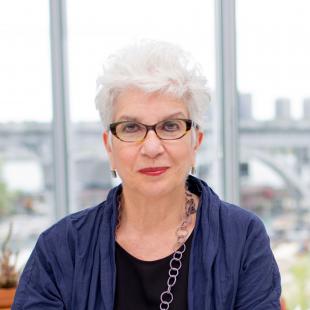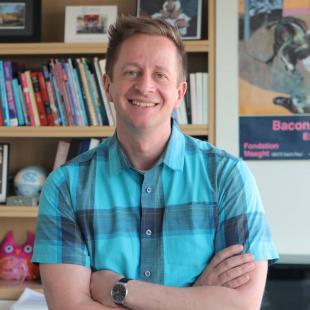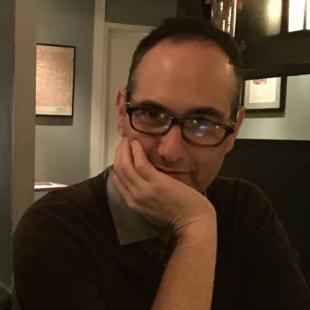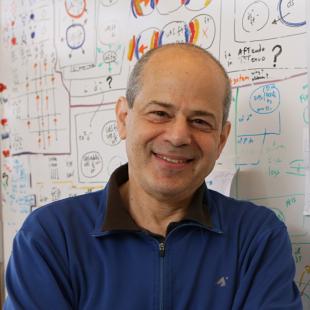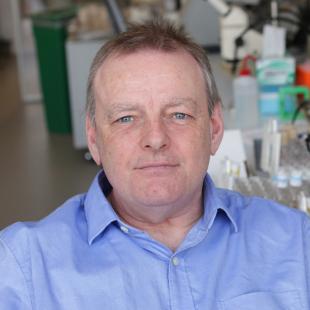Growth & Development
Scientists Closer to Understanding How Diverse Neurons are Made

From the lab of Minoree Kohwi, PhD, Columbia's Zuckerman Institute
The human brain begins as a few mere cells.
Those cells multiply, again and again, to create a community of 100 billion cells, more than the number of stars in the observable universe. This transformation is nothing short of a biological miracle.
How do different brain cells become specialized and responsible for different tasks, from appreciating a sunset to typing an email? What guides the growth of nerve cells in the brain and body, helping them to form the 100 trillion connections that underlie every thought, memory, movement and sensation? How much can your brain remold itself during your early years, adulthood and in old age?
To understand how our brains develop, scientists at Columbia’s Zuckerman Institute start with simpler organisms and animals, including fruit flies, electric fish and rodents. Our research reveals each step of the genetic and molecular choreography that gives rise to a fully formed brain. What we uncover about our early years could inform fields ranging from education to medicine. Understanding how the brain grows could be the key to repairing damage from physical injury or disease.
Explore Growth & Development
Growth & Development In the News

The Enviably Resilient Young Brain
June 22, 2016

Some Songbirds Have Brains Specially Designed to Find Mates for Life
February 14, 2018

The Mysteries of How Newborn Cells May Help Form Memories
February 29, 2016
Discover the power of your support.
Seed the discoveries that make a difference.



